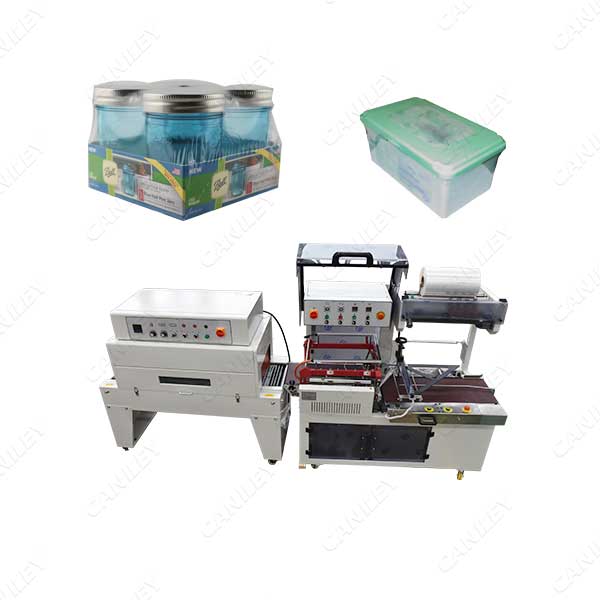Shrink wrapping machines have become an integral part of various industries, offering efficient and reliable packaging solutions. One essential aspect of these machines is temperature control, which plays a crucial role in achieving optimal shrink-wrap results. But what is the temperature of shrink wrapping machine?

The importance of temperature in shrink wrapping:
Temperature control is vital for the shrink wrapping process as it directly affects the quality of the packaging. When heat is applied to shrink wrap material, it softens and conforms tightly to the product, creating a secure and visually appealing seal. The right temperature ensures consistent shrinkage, preventing wrinkles, air pockets, or loose packaging.
Determining factors for shrink wrapping machine temperature:
Several factors come into play when determining the temperature settings for a shrink wrapping machine. These factors include:
Shrink wrap material: Different shrink wrap materials have specific temperature requirements. Polyolefin shrink film, for example, typically shrinks at lower temperatures compared to PVC shrink film. It is essential to consult the manufacturer's guidelines or conduct tests to identify the optimal temperature range for the specific material being used.
Product composition: The composition and heat sensitivity of the product being wrapped also impact the temperature selection. Heat-sensitive items may require lower temperatures or longer sealing times to avoid damage. Delicate or irregularly shaped products might necessitate lower temperatures to prevent distortion during the shrinkage process.
Machine type: Various types of shrink wrapping machines, such as L-bar sealers, chamber machines, or heat tunnels, have different temperature control mechanisms. The type of machine being used will determine the method of temperature adjustment, whether it's via digital controls, dials, or programmable settings.
Best practices for temperature control:
To ensure optimal shrink wrapping results, consider the following best practices for temperature control:
Test and adjust: Conduct temperature tests with a sample product before initiating large-scale packaging operations. Start with a lower temperature range and gradually increase until desired shrinkage is achieved. This process allows for fine-tuning and ensures minimal heat exposure to the product.
Monitor and maintain: Regularly monitor the temperature during the shrink wrapping process to ensure consistency. Temperature fluctuations can affect the quality of the seal and shrinkage. Use built-in temperature gauges, thermocouples, or infrared thermometers to maintain accurate control.
Document and train: Maintain a record of the optimal temperature settings for different products and shrink wrap materials. This documentation assists in training operators and ensures consistent packaging quality across multiple runs or shifts.
Safety considerations: Always prioritize safety when working with shrink wrapping machines. Follow safety guidelines provided by the machine manufacturer, including proper ventilation and heat-resistant gloves. Avoid setting the temperature too high, as it can cause overheating or even fire hazards.
Temperature control is a critical aspect of shrink wrapping machines, impacting the quality and appearance of the final packaging. By paying close attention to temperature, businesses can achieve efficient and visually appealing shrink-wrapped products, enhancing their packaging process and customer satisfaction.





















